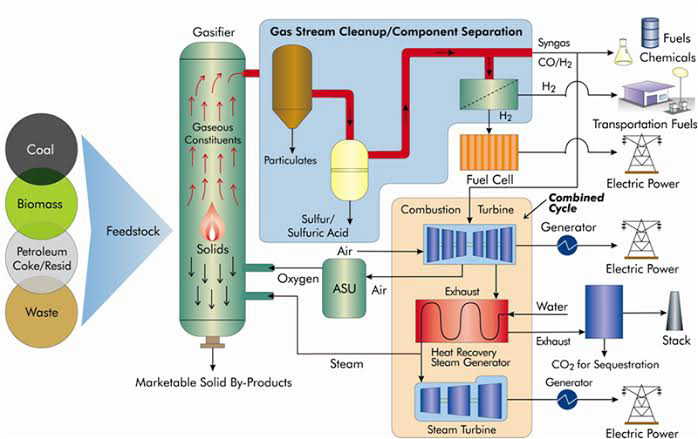How we can use theemosetting plastic as a fuel Thermosetting plastics, also known as thermosets, are a type of polymer that, once cured, cannot be melted or reformed like thermoplastics. Due to their cross-linked structure, thermosetting plastics are not suitable for direct use as fuel. However, there are alternative methods to utilize them for energy generation. Here are a few possibilities:
1)Incineration: Thermosetting plastics can be burned in specialized facilities with high-temperature incinerators. This process, known as waste-to-energy incineration, can generate heat, which can be converted into electricity through steam turbines or used directly for industrial processes.
2)Pyrolysis: Pyrolysis is a thermal decomposition process that can be used to convert thermosetting plastics into fuel. In this method, the plastics are heated in the absence of oxygen, causing them to break down into gaseous and liquid products. The gases produced can be used as fuel or further processed into liquid fuels such as diesel or gasoline substitutes.
3)Gasification: Gasification is another technique that can be employed to convert thermosetting plastics into a gaseous fuel known as syngas. This process involves heating the plastics in a controlled environment with a limited supply of oxygen or steam. The resulting syngas can be used to generate heat or electricity or processed into chemicals and fuels.
4)Co-processing: Thermosetting plastics can be co-processed along with other fuels in certain industrial processes. For example, some cement kilns or industrial boilers have the capability to co-process waste plastics, including thermosets, as supplemental fuels. However, this approach requires careful consideration of emissions, environmental impact, and compatibility with existing infrastructure.
It is important to note that the conversion of thermosetting plastics into fuel should be done using appropriate technologies and under controlled conditions to minimize environmental and health risks. Additionally, recycling and reducing the use of plastic materials should always be the primary focus to mitigate the negative impacts associated with plastic waste.
By- Tanishq Deshmukh
17 June 2023








Share
ReplyDeleteWater cycle